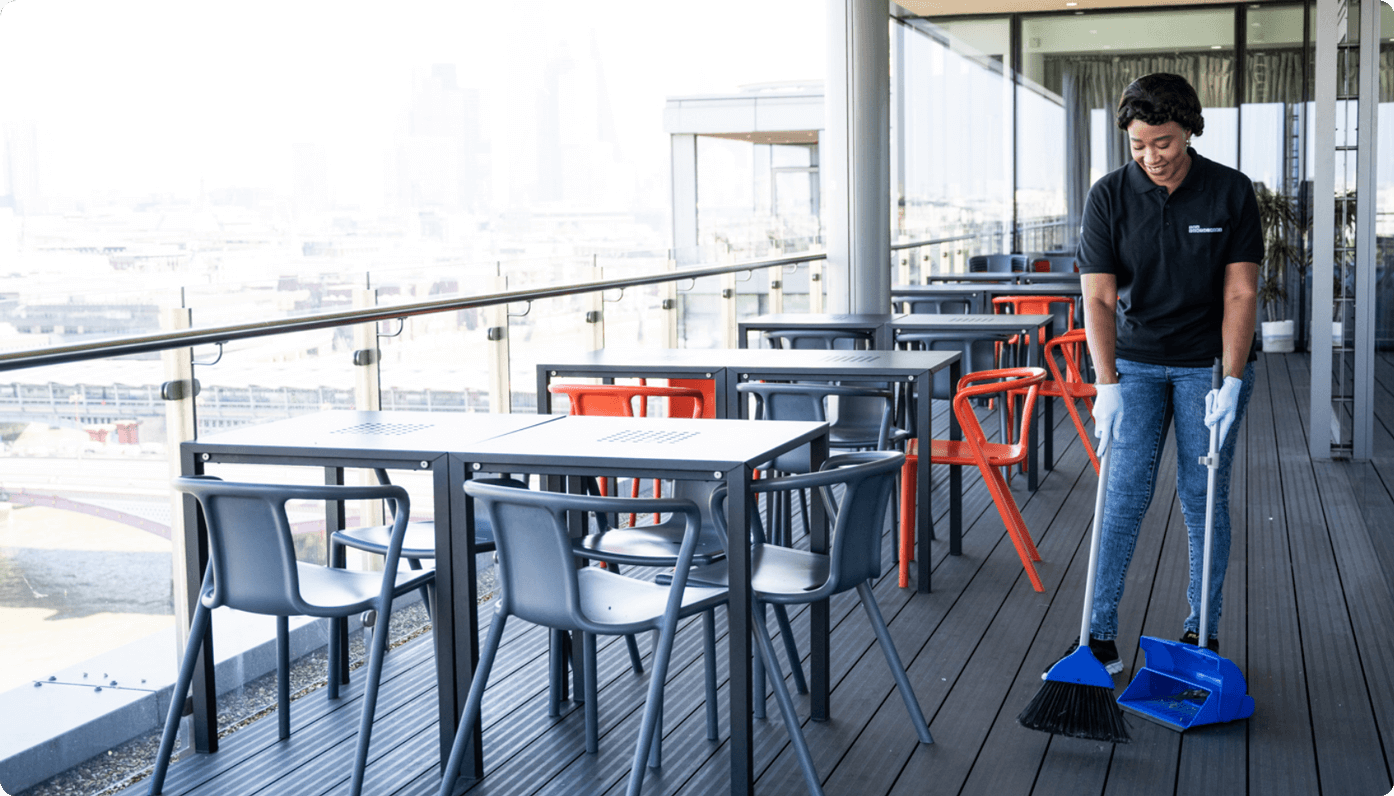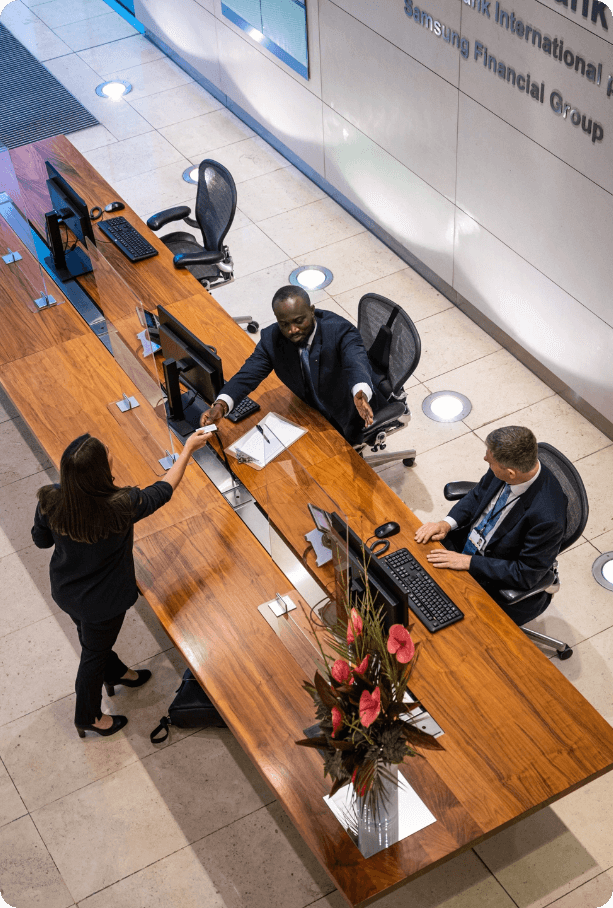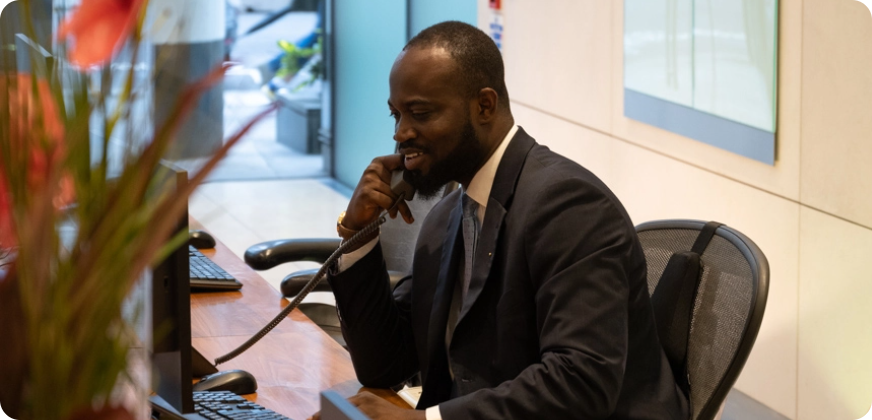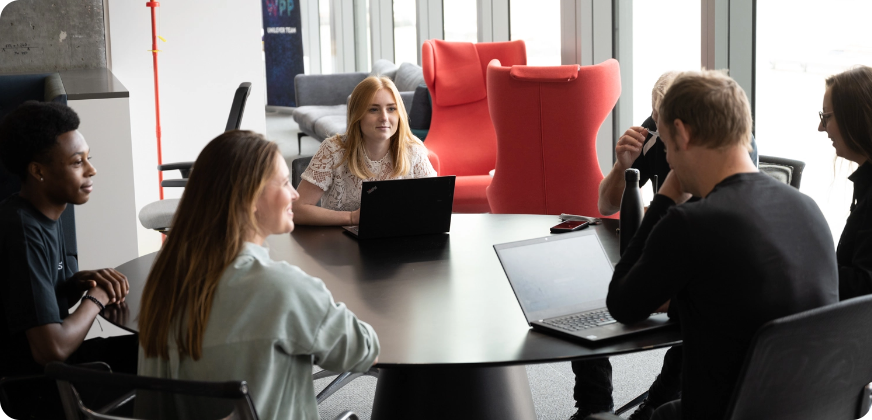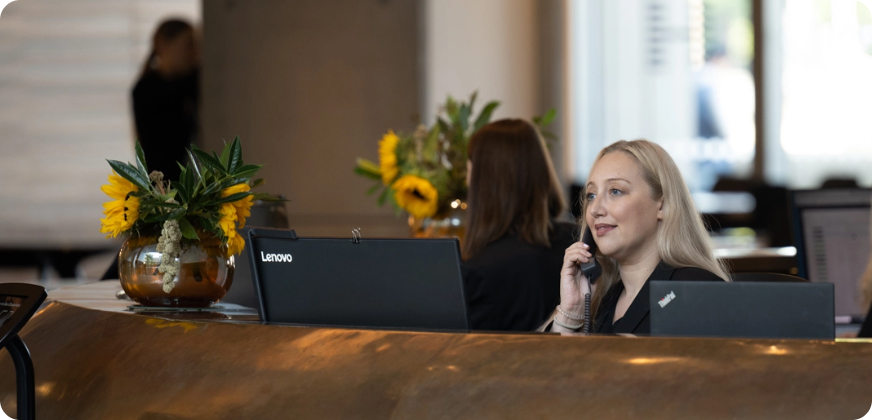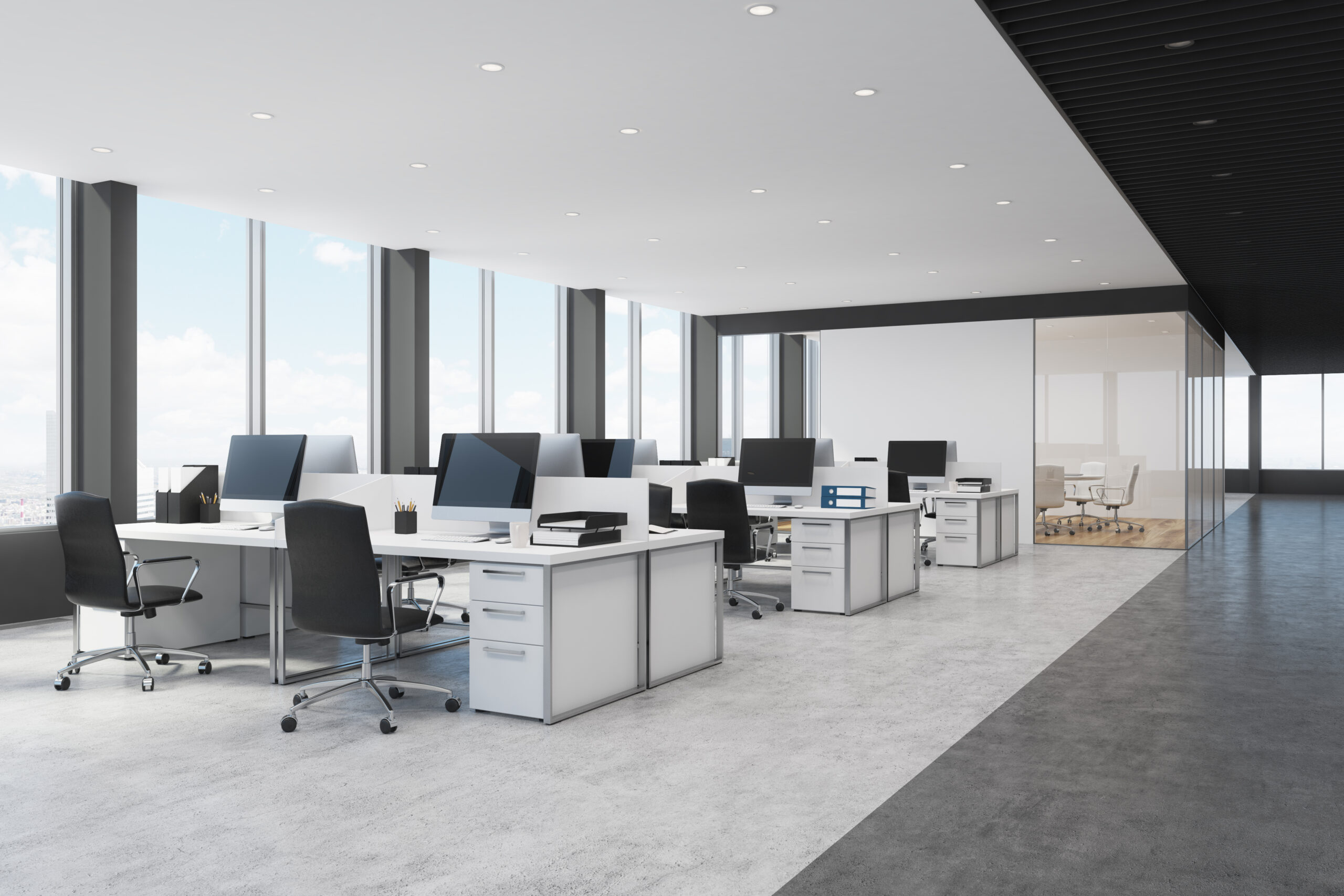





 Building & Fabric Maintenance
Building & Fabric Maintenance

 Mechanical & Electrical Maintenance
Mechanical & Electrical Maintenance



 Events & Lifestyle Services
Events & Lifestyle Services

 Logistics & Office Services
Logistics & Office Services

 Security
Security

 Catering
Catering

 Cleaning & Environmental
Cleaning & Environmental







Small Decencies


Boutique FM


Fully Engaged


Brilliant Basics


Great Experiences


FM Technology


Great People


Advocacy


Right size, Right fit


Promises Delivered





With hybrid working, are the days of office desk work done?
February 3, 2025
By Simon Whitehead, Business Development Director at Anabas
While the hybrid working debate shows no signs of slowing, it might be that we’re arguing the wrong point…
With so many of us working – and benefitting from – hybrid roles, perhaps the real debate isn’t if we should be offering it, but how.
In splitting time between the office and elsewhere, be it at home, a café or a co-working space, we’ve unlocked a new work dynamic. One that allows our time and tasks to be tailored to where we are on any given day. Focused solo work can take place away from the distractions of the workplace, while collaborative tasks can be prioritised in the office.
Yet many companies don’t seem to have adapted their workplace to reflect this. You can bet the lion’s share of offices up and down the UK remain lined with banks of desks, screens and office chairs, just as they have been for decades.
But if we’re to get the most from hybrid working, is it time for an office culture reset?
Beanbags – gimmick or genius?
While there are scattered examples of companies who are already embracing this new way of working, they’re very much a minority. The likes of beanbags and lounging chairs are often seen as ornamental office features reserved for overly forward-thinking employers, but could they actually be onto something?
Take a quick virtual tour of Google’s London office, for example, and you’d struggle to find many office chairs. Instead, you’ll digitally wander past countless comfy seats, a gym, café, and plenty open space – in short, all the makings of a workplace that prioritises conversation and collaboration above all else.
While Google is firmly at the other end of the scale, the sweet spot for most companies is likely somewhere in the middle.
It’s about balance with hybrid working
Of course, there’ll long be a need for computers and somewhere appropriate to sit while you use one. These experimental employers have just identified that you need a little more besides that.
They’re asking why we offer a change in scenery for canteens and eating areas, but not for different work tasks. Of course, you can’t have a designated area for each and every task, but shaping an office around your team’s typical day-to-day duties can make a big difference.
Instead of relying on one meeting room to host everything from company-wide updates to your marketing team’s brainstorms, consider greater variance. And it doesn’t necessarily mean finding a bigger office with more floor space – with more and more hybrid working in the UK, full office occupancy is less likely, so employers can swap out the odd desk for more creative uses of floor space.
A growing number of employees want flexible working and a company that aligns with their values
While fully remote working might suit some companies, the reality for most is that there’s no substitute for being with your colleagues in person, even if that’s only a few days per week.
The majority of workers would prefer to be in the office only three days per week. That’s according to Randstad’s Workmonitor 2025, a workplace report based on more than 26,000 respondents, aged 18-67, across 35 markets.
The same study found work-life balance is now the primary motivator at work, passing pay for the first time. Almost half of us won’t accept a job with a company whose values don’t align with our own, up a whole 10% on last year’s report.
Finding a flexible work pattern and office space that empowers your people will put you on the right side of those employee preferences – and it’s the key to encouraging staff into the office and making the most of their time when they’re there.
The next step for flexible working
As the office vs. home debate rages on, we’re losing sight of the real challenge.
The importance of, and desire for, flexible working is tangible and well evidenced in 2025. We now need to move the conversation on to how we fully enable that and what it should look like across different industries, disciplines and employers.



